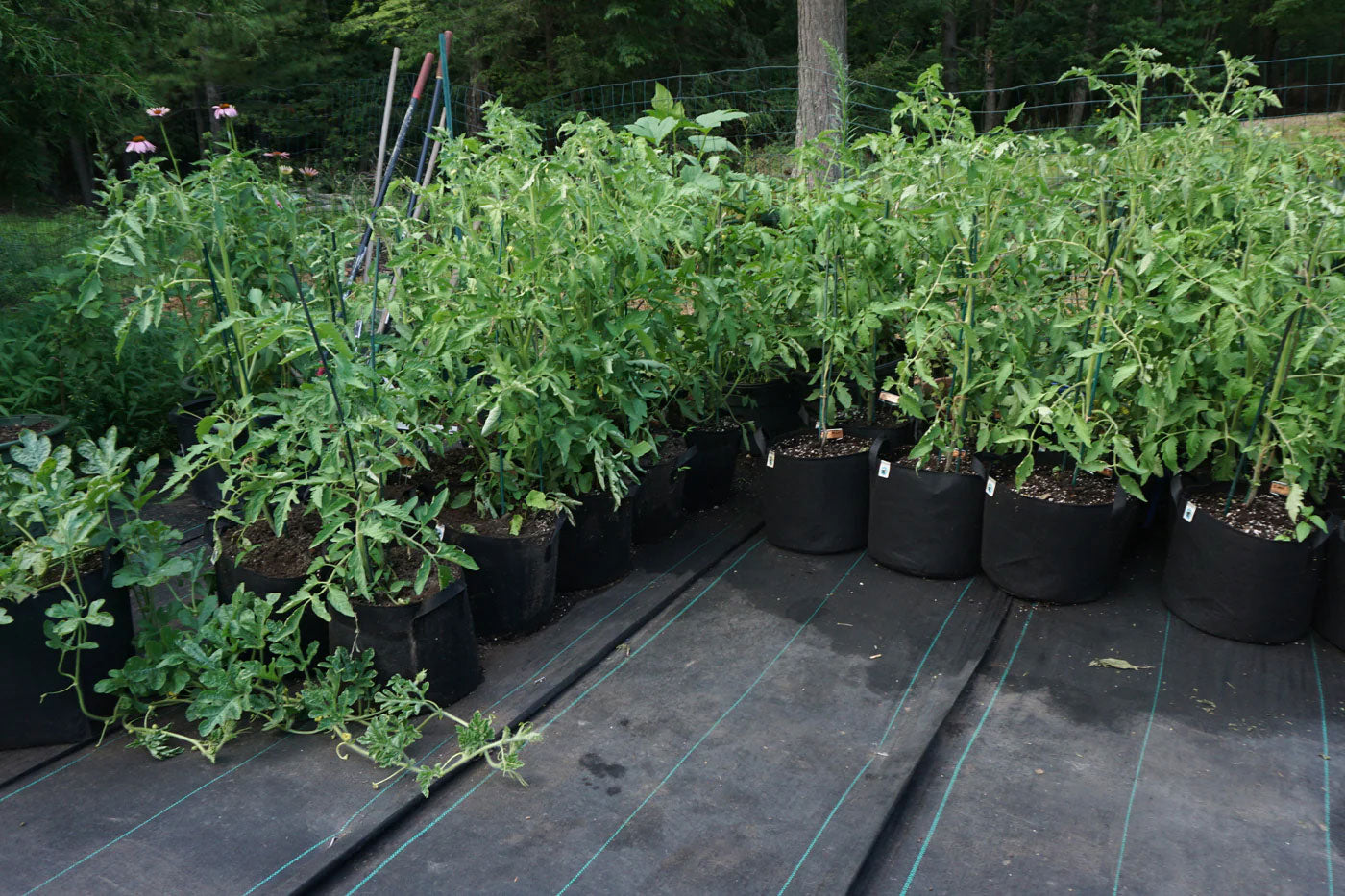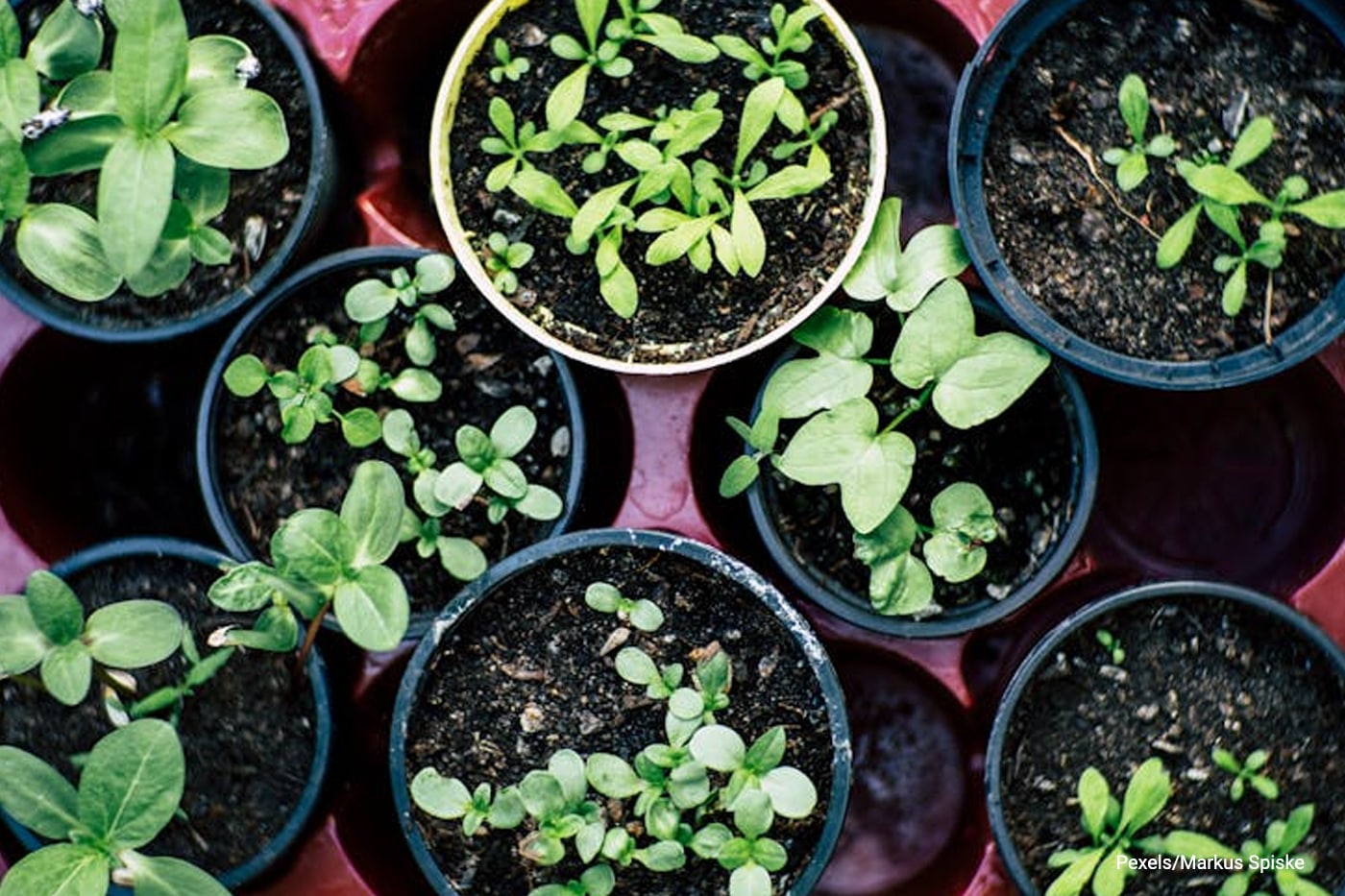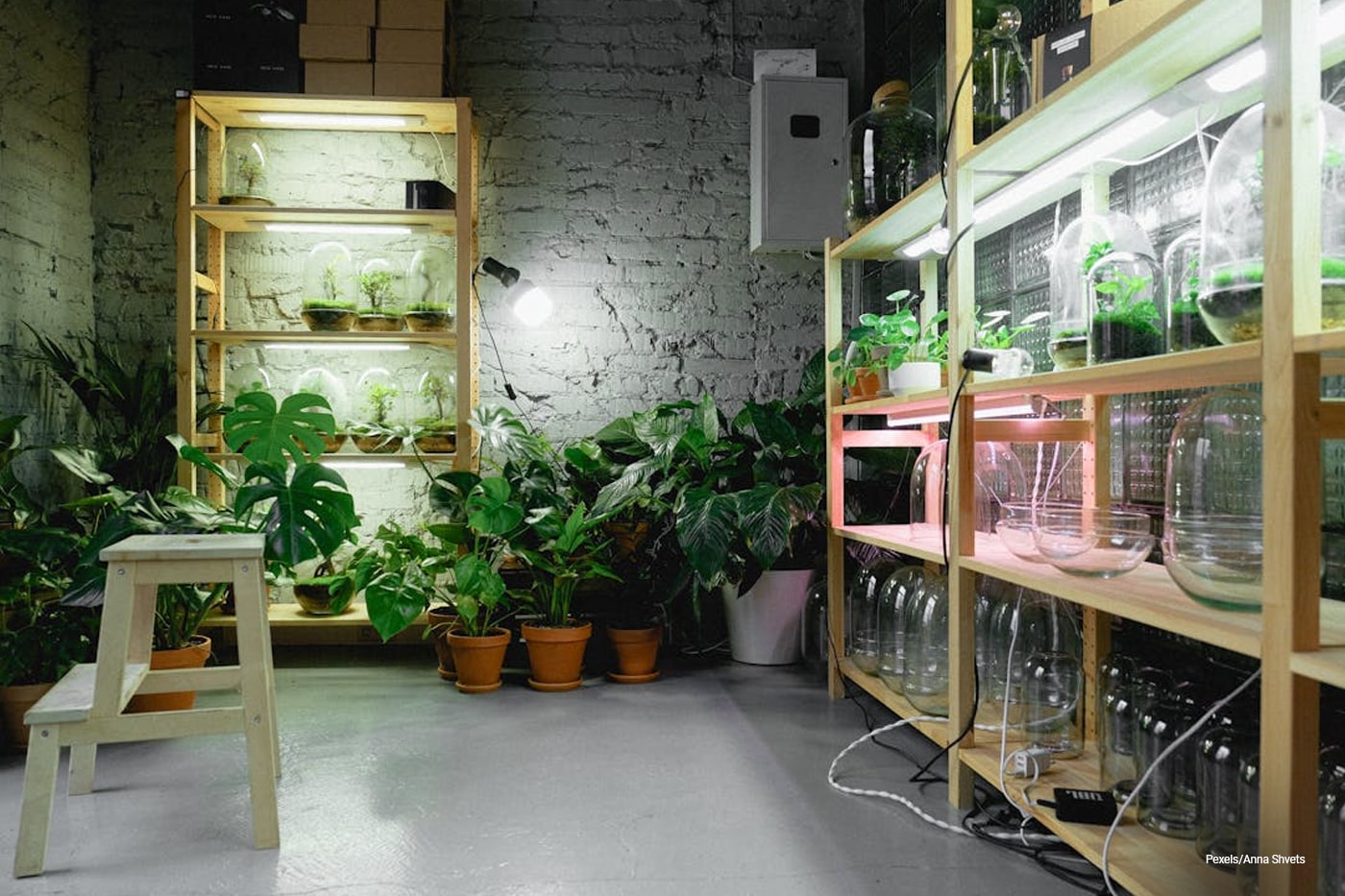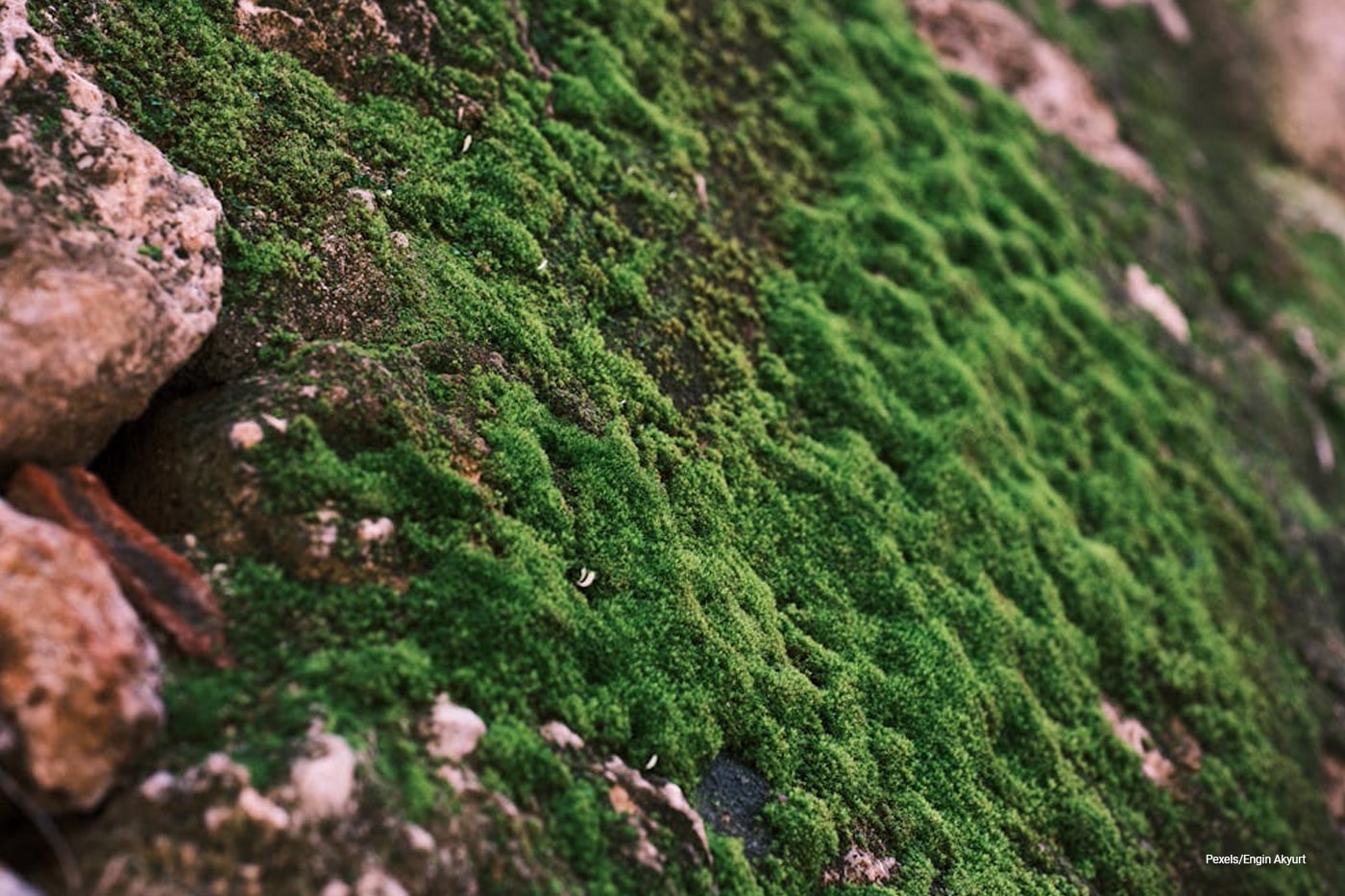Creating a beautiful and low-maintenance garden starts from the ground up—literally. One of the most overlooked yet essential tools in landscaping is landscape fabric. It acts as a barrier that helps control weeds, retain soil moisture, and improve the overall health and appearance of your outdoor space. But with so many options available, particularly between woven and non-woven landscape fabrics, how do you know which is best for your needs?
This guide breaks down the types of landscape fabric, compares woven vs. non-woven options, and helps you choose the right one for your specific gardening or landscaping project.
Contents []
What Is Landscape Fabric?
Landscape fabric is a permeable textile material laid on top of the soil to block weed growth while still allowing air and water to reach plant roots. It’s often used in:
- Flower beds
- Vegetable gardens
- Pathways
- Around trees and shrubs
- Under gravel or mulch
Its effectiveness and longevity depend heavily on the type of material used.
Main Types of Landscape Fabric
1. Woven Landscape Fabric

Material: Typically made from tightly woven polypropylene or polyester fibers.
Best for: Long-term weed control in landscaped areas with mulch or gravel.
Pros:
- Excellent weed barrier
- Durable and UV-resistant
- Allows for good water and air penetration
- Long-lasting (5-10 years or more)
Cons:
- Can be harder to cut and install
- Less flexible for garden beds with lots of curves or changes in elevation
- May eventually become clogged with dirt, reducing permeability
Common Uses:
- Permanent landscapes
- Gravel pathways
- Around trees and shrubs
- Under rock gardens
2. Non-Woven Landscape Fabric

Material: Made from bonded synthetic fibers (like polyester) through heat or chemicals rather than weaving.
Best for: Drainage-focused applications or under hardscaping like pavers.
Pros:
- Strong and tear-resistant
- Great for drainage and erosion control
- Blocks both weed growth and soil movement
Cons:
- Less breathable than woven fabric
- Poor water permeability in some types
- Not ideal for areas where plants need water and air exchange
Common Uses:
- Under patios, pavers, and retaining walls
- For erosion control on slopes
- In French drains or drainage ditches
3. Spun Landscape Fabric (Sub-type of Non-Woven)

This type is often used in gardening and is more breathable than traditional non-woven fabrics, making it suitable for planting beds.
Best for: Garden beds, flower borders, and erosion-prone areas.
Key Factors to Consider When Choosing
1. Purpose of the Project
- Weed Control in Beds: Woven fabric is often the better choice due to durability and permeability.
- Drainage or Erosion Control: Opt for non-woven or spun-bonded fabric that allows better water flow.
- Hardscaping: Use heavy-duty non-woven fabric under pavers or gravel.
2. Soil and Plant Type
- Some plants require more oxygen and moisture—make sure your fabric is permeable enough for healthy root growth.
3. Longevity
- Choose higher-grade fabrics (UV-resistant, heavy-duty) for long-term projects to avoid premature breakdown.
4. Installation Area
- In curved or tight spaces, you may want a more flexible fabric (some spun-bonded options work well here).
- For large, flat areas, durable woven fabric is often more practical.
Tips for Installation
- Clear the area of weeds and debris before laying fabric.
- Overlap edges by at least 6 inches to prevent weed gaps.
- Secure with landscape staples every 12–18 inches.
- Cover with mulch or gravel to protect from UV rays and enhance aesthetics.
- Cut holes only where you’re planting to minimize weed growth.
Which One Should You Choose?
- Choose woven fabric if you want a durable, all-around weed barrier for planting beds and landscaped areas.
- Choose non-woven fabric for drainage applications, erosion control, or under hardscapes where permeability is less of a concern.
Ultimately, the best landscape fabric for your project depends on the specific needs of your garden or landscaping plan. Whether you’re curbing weeds or installing a new patio, understanding the differences between woven and non-woven options ensures you get long-lasting results and a healthier garden.



